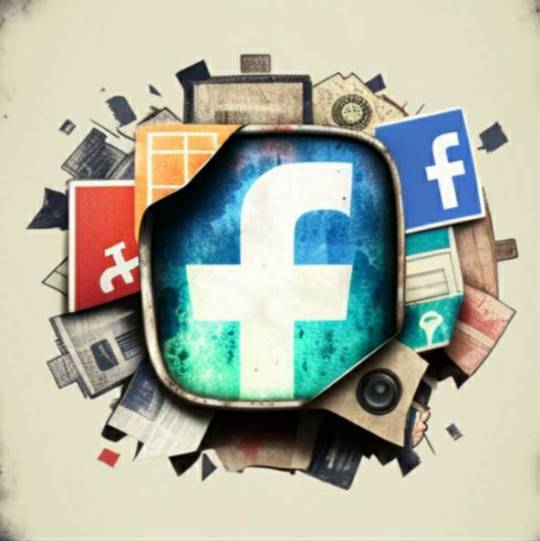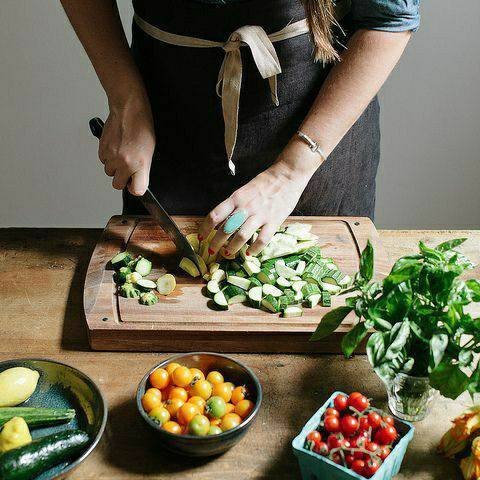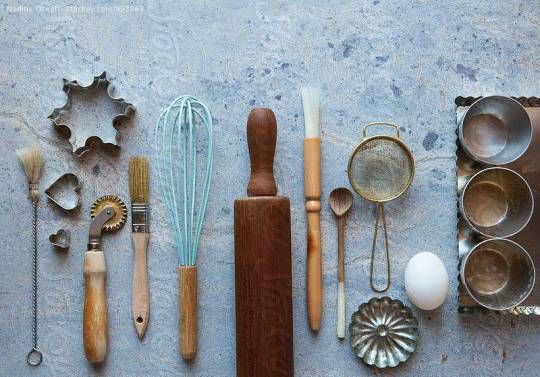Don't wanna be here? Send us removal request.
Text
How social media has helped families, social workers, and the government in discerning information during calamities
Social media is changing the way information is disseminated during a disaster or emergency situation. The accessibility of information and the speed with which people can share that information has changed the face of disaster response and recovery in the past twenty years.

In the past, the only way to get information about disasters was to listen to the media or the official government agency in charge of the relief efforts. Now, people can share information about their experiences with their friends and family through social media platforms like Twitter and Facebook. They can also use these platforms to report damage and ask for help. Information that was typically provided to the public through official sources is now coming from a variety of unofficial sources.

People can provide valuable information about current conditions in their area through their social media accounts. They can post pictures and videos of damaged buildings and equipment so that help can be provided more quickly. They can also provide important information like the location of emergency shelters or the locations of food and water supplies.

This information can be valuable for both government agencies and relief organizations that are trying to deliver aid to those affected by the disaster. The government can use the information provided by citizens to help plan their response to the disaster and identify areas that need additional assistance. Twitter, Facebook, and other social platforms have become useful tools for gathering accurate information about emergencies that are taking place around the world. During major storms or floods, many people post on social media about the weather conditions in their area. This can help officials to predict the severity of the storm so they can prepare accordingly. It can also help them to identify areas that may require immediate assistance if the storm turns out to be particularly severe.
That's why using social media in times of crisis is better than the past ways of disseminating information. The public can now share their observations and experiences during the crisis so that others can make informed decisions about how to respond to the crisis as well.
0 notes
Text
The things CBF Students do before, during and after cooking or baking:
The things CBF Students do before, during and after cooking or baking:
Before:
1.) Study and memorize the recipe, especially the measurements of the ingredients if you’re going to bake.
2.) Always make a list of ingredients before buying.
3.) Observe cleanliness not only to yourself but also to your tools, equipment and ingredients.

During:
1.) Maintain the cleanliness of your workstation by doing CAYGO.
2.) Always perform MISE EN PLACE.
3.) Always follow the procedures properly when making the dish.

After:
1.) Clean and sanitize the tools, equipment, and workstation used.
2.) Store properly the tools and equipment in a clean and safe storage.

Why do the CBF students do these things?
Every CBF student does this to be prepared, to avoid hazards during the preparations, and to maintain the cleanliness of their workstation, tools, and equipment they used.
The things CBF Students do before, during and after cooking or baking
youtube
2 notes
·
View notes